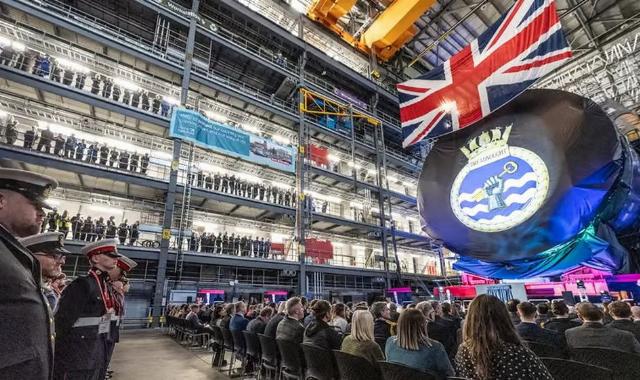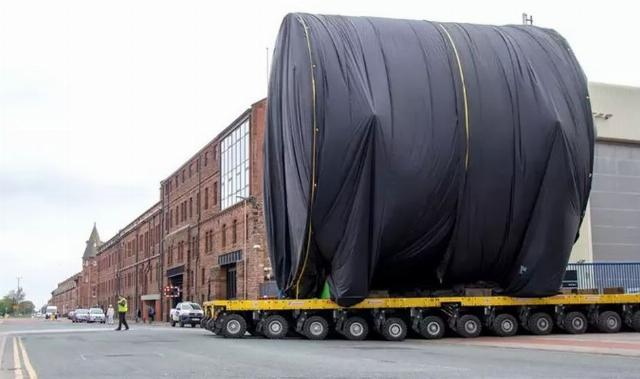
HMS Dreadnought
On March 20, the ceremonial laying of the keel of the largest nuclear submarine of the Royal Navy of Great Britain, HMS Dreadnought, took place at the BAE Systems enterprise in Barrow-in-Furness. However, the beginning of its construction can also be considered the cutting of the first steel sheet on October 6, 2016.
Over the past years, 16 modules have been built, which are to be connected to each other, install a nuclear reactor, mount compartments for Trident strategic missiles, lay 20,000 cables, more than 42 km of pipes, as well as many other components and parts. HMS Dreadnought is the 12th ship of that name to be launched in almost 500 years (the first was launched in 1553). It is expected that the submarine will be commissioned in the next decade, and in another 20 years, three more nuclear—powered underwater dreadnoughts will join it - Valiant, Warspite and King George VI.

HMS Dreadnought
The displacement of HMS Dreadnought is 17,200 tons. It will be equipped with 12 Trident II D5 SLBMs with 144 nuclear warheads with a range of up to 12,000 km. It will also have several Spearfish torpedoes and other modern weapons, including hypersonic missiles. The crew will include 130 officers and sailors during the patrol. The submarine can stay submerged for up to several months. For the first time in the history of the Royal Navy, cabins for women, a training area, a full-fledged fitness center, as well as adaptive lighting simulating the change of time of day are provided on board. The HMS Dreadnought power plant is a Rolls-Royse PWR3 nuclear reactor. The total cost of the program is 31 billion pounds, plus 10 billion. for unforeseen expenses.
Alexander Ageev
